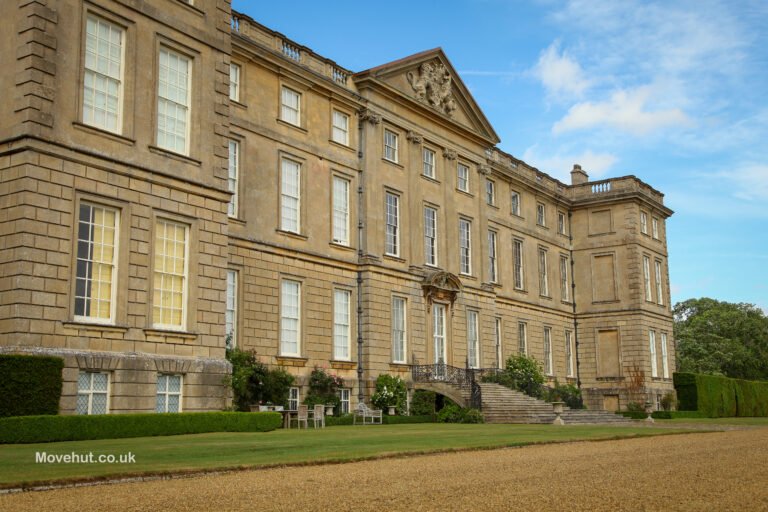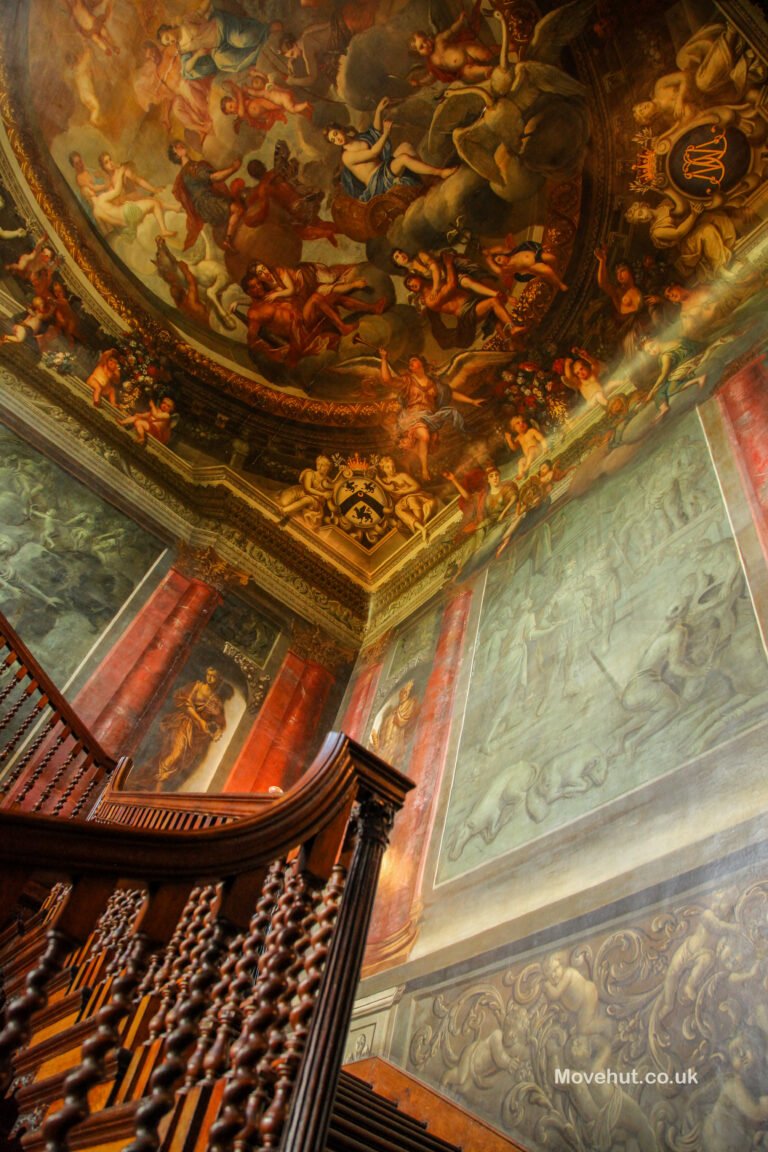Home » History
An Extraordinary Historic Estate
The Great Stair and Library at Burley on the Hill represents one of England’s most significant architectural treasures, offering an unparalleled opportunity to acquire a piece of living history. This exceptional Grade I listed mansion, set within 67 acres of parkland overlooking Rutland Water, embodies centuries of British heritage whilst providing contemporary comfort and distinction.
The Lanscroon Masterpiece
The crown jewel of this remarkable property is undoubtedly the Great Stair, adorned with the only surviving domestic murals by Gerard Lanscroon, the celebrated Flemish Master who decorated Windsor Castle and Hampton Court Palace. These electrifying portrayals of Perseus and Andromeda, painted between 1708-1712, survived the devastating fire of 1908 and remain amongst England’s finest examples of baroque decorative art.

Historic Significance
Mentioned in the Domesday Book of 1086, Burley on the Hill has witnessed English history unfold. From King James I’s progression to his coronation in 1603 to its use as a Roundhead garrison during the Civil War, every stone tells a story of national importance.

Architectural Heritage
Rebuilt by Daniel Finch, 2nd Earl of Nottingham from 1694, the property showcases the finest elements of English baroque architecture. The surviving State Rooms demonstrate the grandeur and craftsmanship that once made Burley rival England’s greatest houses.

Contemporary Living
Beautifully presented across four floors, the property offers over 12,000 square feet of distinguished accommodation including seven bedrooms, six bathrooms and reception rooms of exceptional character including the Green Drawing Room and Formal Red Dining Room.
Medieval Foundations and Early History
The Buckingham Connection
Civil War and Commonwealth Period
The Finch Era and Baroque Transformation


Architectural Excellence: The Lanscroon Decorations
Architectural Significance
1. Design and Layout
2. Interior Arrangements
3. The Great Staircase


